Kuldeep Bisht Your Basic Guide for Attribution in Digital Marketing in 2017 Kuldeep Bisht
- 102
- 13
- 3
- 8
102 13 3 8
Attribution in digital marketing is giving due credit to the sources which ultimately bring a prospect business to your website. As of now, there are many attribution models present with which you can identify the sources which helped you acquire new business.
There are many factors which you need to ponder upon in order to evaluate the effectiveness of any attribution model available. Some of these questions that an attribution model may answer include:
- Sources which help in Conversion of an online visitor into customer
- Sources which enhance the Business value of your e-commerce enterprise
- Sources which will help you generate Revenue
To run an e-commerce business is no mean feat. Even if you have an established enterprise, it is necessary to be aware of where your market exists and how to attract more audience so as to keep abreast with your rivals.
The complexity of the whole business has somewhat increased with the number of touch points which a user accesses while searching for information. For an e-commerce business to acquire business it is essential to identify even the minutest of touch points and accordingly optimize their services.
Understand the Customer Journey
When you optimize your e-commerce business to garner user attention, there are platforms which can yield the best results. This is when attribution comes in picture.
When a user finally lands on your page and avails service, did they go directly to your web page, or go through many sources which ultimately guided him to your web page?
Consider an example of the shopping pattern of an online user. Say a user had to purchase a particular brand mobile phone:
Did the user directly purchase the product from your online store? Or did the user first look at:
- Available options, and then searched and reviewed the product on search engine,
- An advertisement on social media which highlighted the product benefits,
- Or was it a blog post or informative piece online that finally appealed to their interests?
Google Attribution models, for example, can help you gain insight into the value of attribution sources:
Last Interaction: Also referred to as “Last click” — 100% of the credit is attributed to the last interaction that converted an online visitor into a customer.
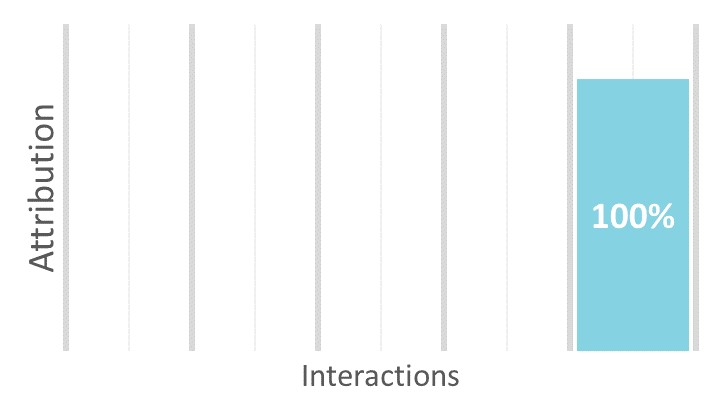
Last non-direct Click: In this attribution model the direct traffic is neglected and 100% credit is attributed to last click that directed the user to avail services.
Last AdWords click: 100% of the credit is attributed to the last AdWords ad which a customer clicked on to avail services.
First interaction: 100% of the credit is attributed to the first channel which a customer accessed to reach and avail services.
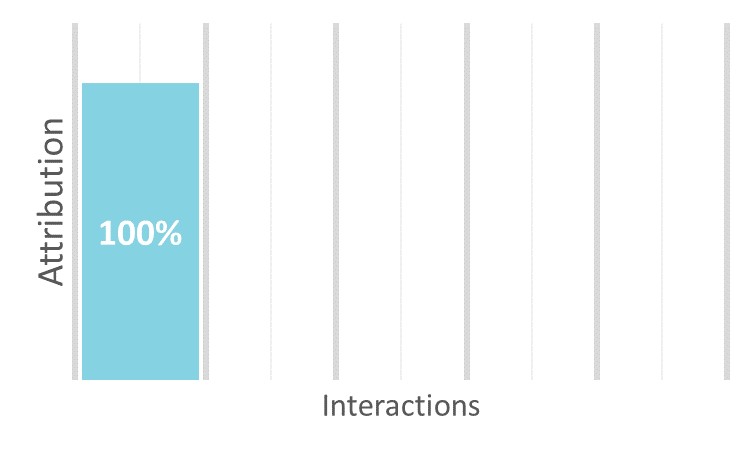
Linear: The linear attribution model distributes equal credit amongst the various channels which led to the conversion.
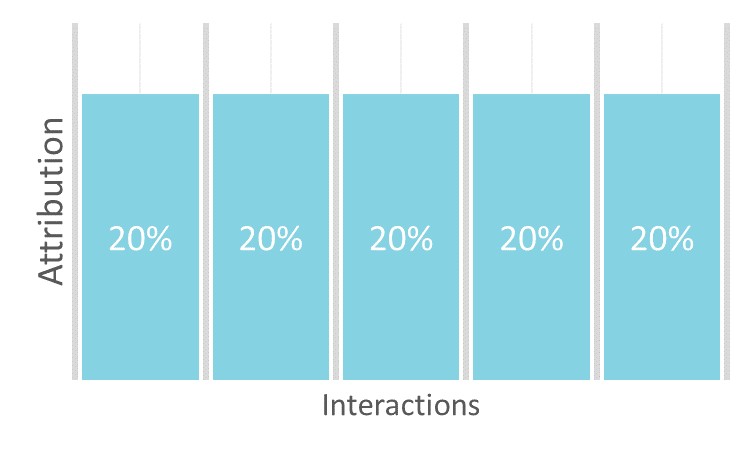
Time Decay: This attribution model is appropriate where there is a possibility of short consideration for the sales cycle. The attribution model employs exponential decay and has a default life of 7 days. So, for a touch point 7 days prior to the conversion a 50% credit is attributed to the touch point. Similarly, if the conversion happens 14 days earlier 25% credit is attributed to the touch point.
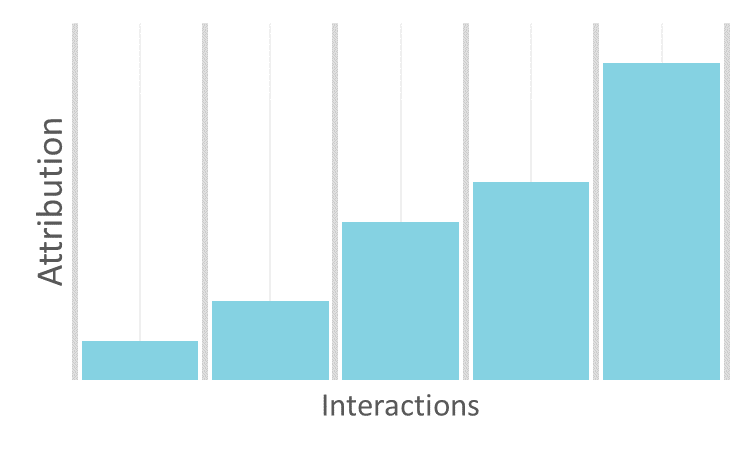
Position Based: In this model, your credit is attributed to not only the first and last interaction touch points, but it is divided accordingly between them and also amongst the touch points in between. Say, 40% credit is attributed to first and last touch points and 20% credit is attributed in the middle.
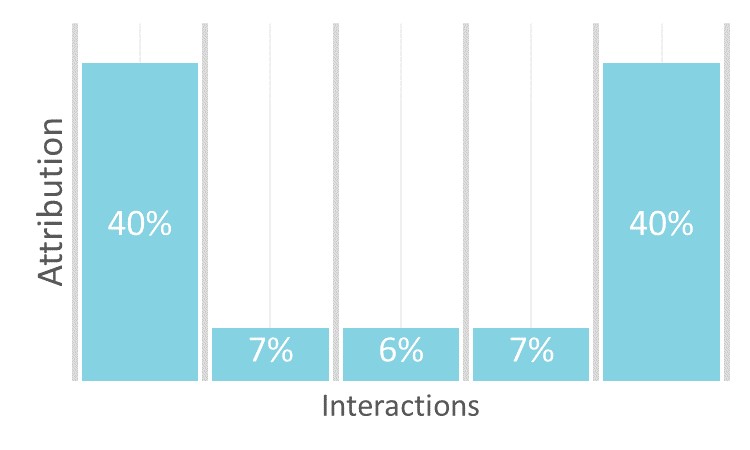
At first, these might appear a bit complex and layered to get hang of it. So, how do you choose an appropriate attribution model for your requirements?
Which is an appropriate attribution model?
Attribution models are classified under rules based attribution models. These are more of subjective and are evaluated with customer spending patterns.
Rules based attribution models have set credit value for the online user’s touch points. This is where an algorithmic attribution model can make a difference.
The algorithm based attribution model has varying credit value for different touch points. Over time, you might even see a change in the credit values of various touch points.
A digital platform is consistent with new patterns or changes that are difficult to predict as they come with a lack of warning. The model defines and sets new credit values of the touch point. Algorithm based attribution models can be deemed as more of accurate version.
Rules based vs. algorithm based
The first step for any e-commerce strategy is to identify the customers. What is leading them to your website, and how productive are your existing campaigns? You can achieve the desired data for that by using available SEO tactics to proceed to the next question.
The question is which model is appropriate for you?
Should you go for rules based attribution patterns or opt for the algorithm ones. The answer lies in from where you can gain advantage and use to your benefit. The advantage of rules based algorithm is that it is easy to incorporate and does not everything is defined.
The more experience you gain in rules based attribution patterns, the more confident you can be to incorporate an algorithm based attribution model. Ask the following questions to help you decide what would work best:
- What is the amount of data you have accumulated and how many touch points does that data exceed to?
- Do you wish to incorporate that data into a single platform?
- Is there a persistent customer identifier that you have?
If the data is not incorporated into a single platform…
If you are not incorporating all the data on a single platform then it would be feasible to use the Rules based attribution pattern.
The main condition to choosing an algorithm attribution model is the availability of all the data sources.
If there is a persistent customer identifier…
If your answer to question 3 is yes, then you can integrate all the data sources together with the persistent customer identifier. It would be easy for an e-commerce business enterprise to strategize with all the available marketing data to look for other options which can lead to productive results.
However, the problem might appear when you are using rules based attribution and others are using algorithm attribution model. If there are multiple sources with its own algorithms, this can only lead to failure of analysis. Make sure to communicate to your marketing channels that they must use the same attribution model so as to avoid any analysis failure.
Create Holistic Marketing Campaigns
As you would have come up to know that an e-commerce business takes up assistance from various sections of a digital platform to attract your audience.
The holistic marketing campaign which has got its own segments has to be credited for its assistance in enhancing the conversion rate. Be it algorithm or rules based attribution models, it's necessary to identify the productivity of these segments so as to better your existing strategy and accordingly attribute credit for their assistance.
What do you think of holistic marketing campaigns? How does your marketing team calculate their metrics to determine success?



